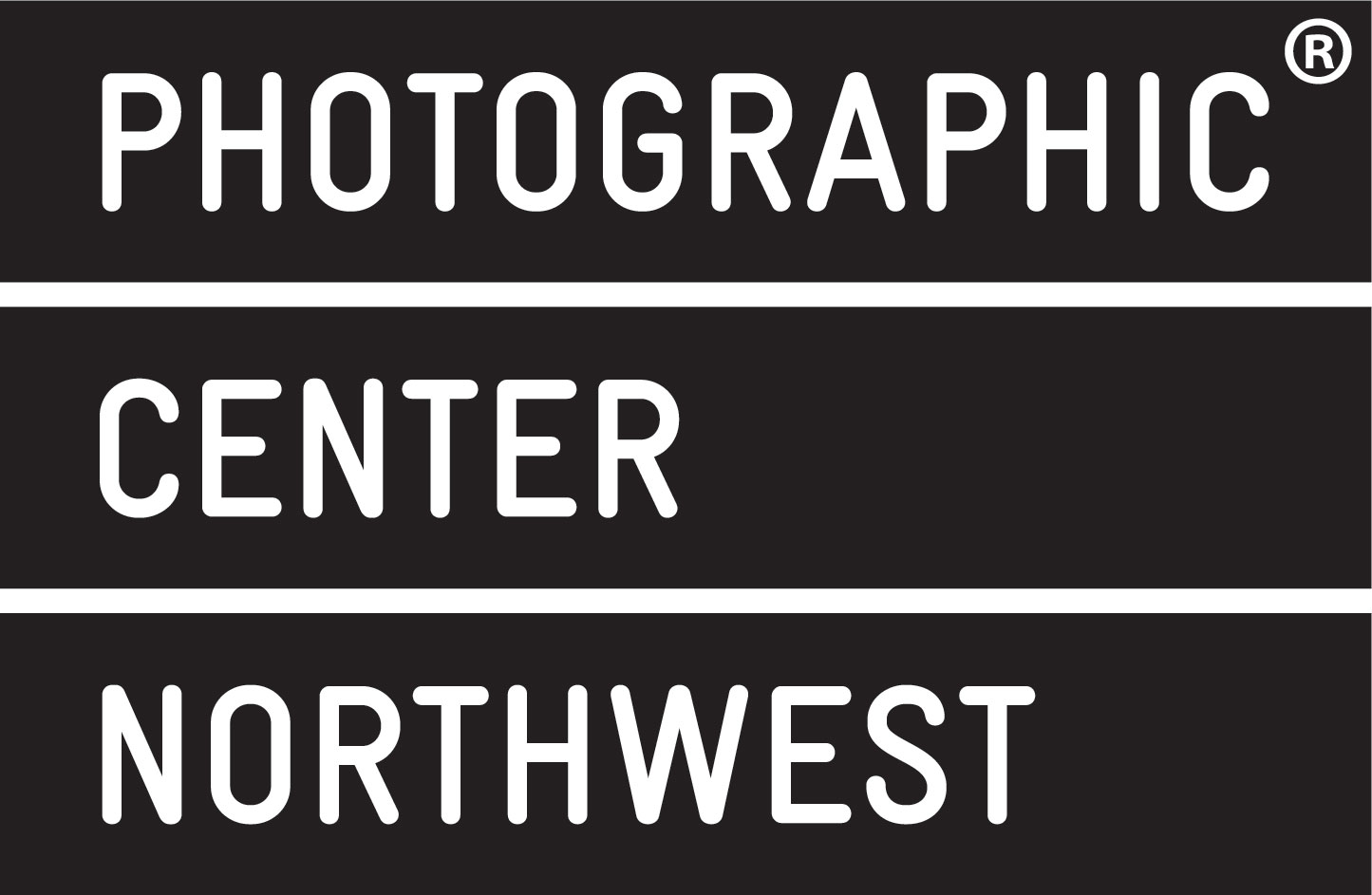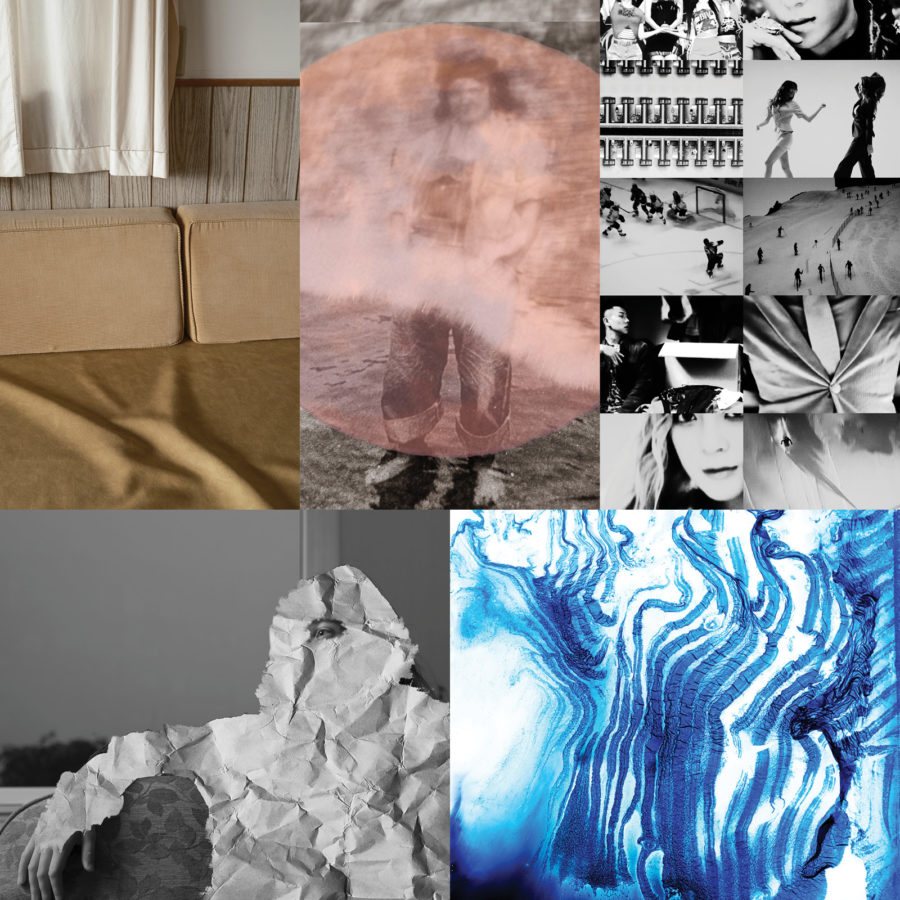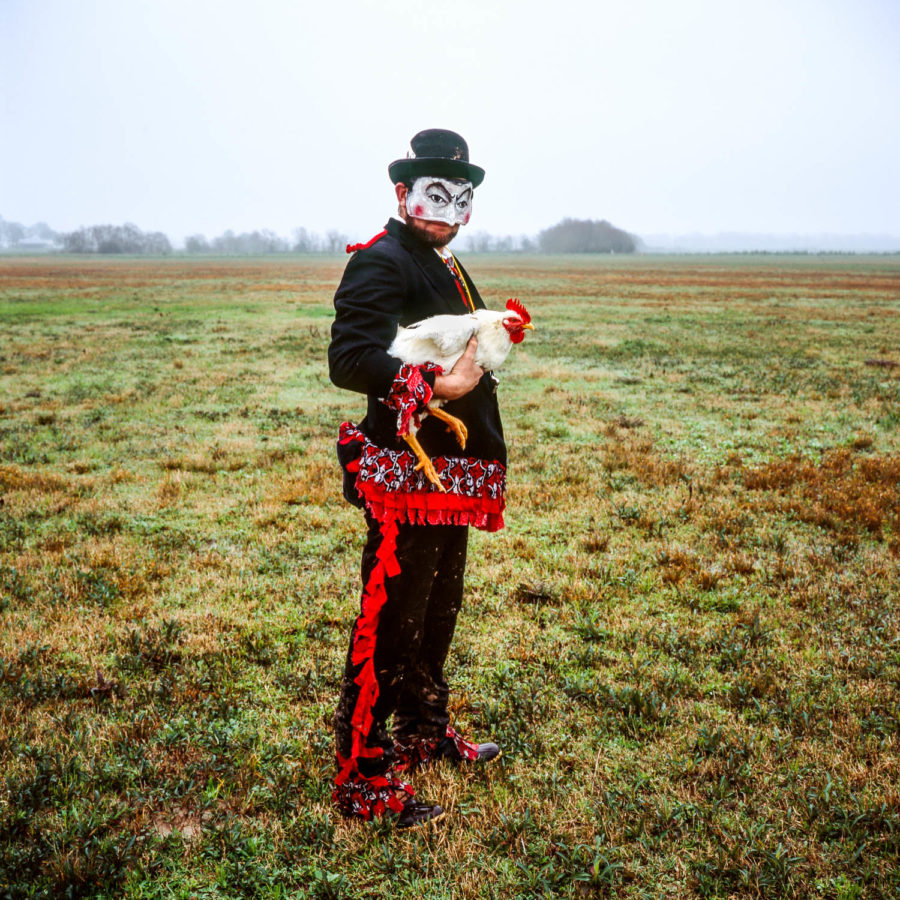Richard K. Kent is an exhibiting artist in PCNW’s 23rd annual juried exhibition, curated by Kris Graves.

New Holland & Franklin, 1st Series, 5X, Lancaster, PA,
from the series “Lessons in Recursion,” 2014/15
Archival pigment print
Film capture (medium format)
Edition of 15
$1200
Please contact Erin Spencer at espencer@pcnw.org with questions or to purchase.
Tell us about yourself, where you’re from, and when you first discovered your love of photography.
I was born and raised in Bethlehem, PA. It still surprises me that I ended up having an academic career at Franklin & Marshall College in Lancaster, PA—less than two hours from where I grew up.
I discovered black & white photography (pre-digital photography) in high school, and it became a primary activity and probably helped me survive the boarding school I attended. At Oberlin College, I continued making photographs, but at that time photography wasn’t offered as part of the studio art curriculum. Consequently, in my twenties and thirties I developed as a photographer pretty much on my own and by means of trial and error. During the years after college, alongside making pictures, I was steadily writing poems and occasionally publishing them. Photography and writing have been intertwined throughout my life.
Tell us about the work that was selected to be included in Distinction by Kris Graves.
New Holland & Franklin, 1st Series, 5X belongs to the large series “Lessons in Recursion.” Pictures from this city site in Lancaster, PA, differ from those made elsewhere at mostly rural locations because I appropriated an empty metal frame that presumably once contained a sign. Into the frame, I tie a glossy photograph of the prior iteration with its surrounding scene. Once the inserted image is tied in place and the camera positioned on the tripod, I let whatever activity occurring on the street or in the background enter the new exposures. As at other sites, successive visits yield subsequent iterations.
By lucky happenstance, this picture contains an unplanned allusion to one of the most famous early images in photographic history.
I made eight iterations when the metal frame stood, tethered to a nearby pole, in the place with its view down the street seen in the picture. Then, for reasons unknown to me, the frame was moved to face the expanse of an adjacent parking lot. I began a new series of iterations entitled, “New Holland & Franklin, 2nd Series”. I continue to make exposures, though the metal frame, an index itself of passing time, has lost most of its red paint and is only partially intact.
Is the selected work part of a larger body of work?
“Lessons in Recursion” concerns place, time, and how introducing a recursive image of a scene alters our perception of ordinary landscape. One could say I’m interested in sanctifying the commonplace; and I admit to taking considerable delight in inserting a kind of visual marvel into places where people don’t expect such a thing. The recursive sequences I create at various sites intensify the visual dimension of time and become, in most cases, small installations available to passersby.
The series mostly involves photographing blank wooden signs—often where messages of “No Trespassing” once had been—discovered by chance along roadsides and then methodically re-photographing their images to create recursive progressions. The interior images of the repeated sign offer the viewer glimpses of past time and the transformation of place. My practice is to work at a site until it is no longer possible to do so (i.e., the wooden sign that served as the support for the recursive iterations vanishes or is destroyed).
The series’ exhibition prints are generated from scanned color positives (6X7cm transparencies) that are then digitally processed. Lessons in Recursion, in both subject matter and the means used to produce the final prints in color, differs from earlier series of pictures in black and white. It nevertheless reflects an abiding interest in the subject of ordinary landscape, the theme of temporal change, and the potential complexity of photographic representation.
My hope is to see the series eventually published as a book.
Who / what are your biggest influences?
I regard the study of English literature as an undergraduate and later the study of Asian cultural history (especially Buddhist thought) in graduate school as central to my making pictures. It took decades, though, for all the pieces of this puzzle to coalesce into something I now can appropriately call a photographic practice.
Since I usually work in long series of pictures that can continue for more than a decade, I have looked to other photographers who have done likewise. Photographers such as Emmet Gowin, Robert Adams, and Frank Gohlke have been a source of inspiration for work I have done about landscape and place. For more conceptual series that involved a certain amount of staging, I drew inspiration from the work of Abelardo Morell and Hiroshi Sugimoto. But I also have taken important cues from many other photographers whose work continues to have meaning for me–photographers as diverse as Eugėne Atget, Walker Evans, Dorothea Lange, and Mike Disfarmer.
Are you making work in response to the current pandemic?
For many years I’ve been documenting a 72-acre, public tract of woods near my home. It’s a fragile eco-system that increasingly is hemmed in by development and often subject to acts of vandalism. Now, during the current pandemic, it’s become a refuge for families who are visiting the woods and its trails for the first time. While I’ve been documenting some of the messages that these new visitors leave behind (kids’ chalk drawings in the parking lot or small rocks with uplifting messages left discreetly along several trails on Easter), I’ve found myself driven to track the blossoming of wild cherry trees along a less-known path, where my wife and I walk to avoid the now more frequented trails. Despite my long familiarity with the park, where I walk almost daily, I’d never realized there were so many stray flowering trees scattered throughout the woods. It is as if I’ve discovered a whole new dimension of the woods’ ecology. And, though it may sound old-fashioned, perhaps what most fuels my interest lies in finding a kind of hope in the sheer beauty of such spring blossoming during this time colored by worry or grief for so many.
PCNW’s annual juried call for entry provides exhibition opportunities for artists and directly supports our programs, scholarships, and labs at PCNW. This helps ensure access to photography for many future generations of creatives. We know you have many options for submitting your work, so please tell us why you chose PCNW? What are your thoughts and experience with submitting your work to different calls?
I submit work to juried exhibitions when the organizing institution and the juror strike me as highly reputable. Of course, one never can tell whether one’s work will prevail, especially because there’s a lot of good work being made. One has to be persistent and know that rejection is part of the experience. I’ve been fortunate to make work that answers an inner imperative but need not rely on it as a source of a livelihood.



